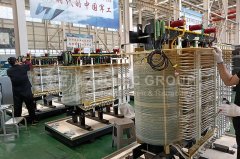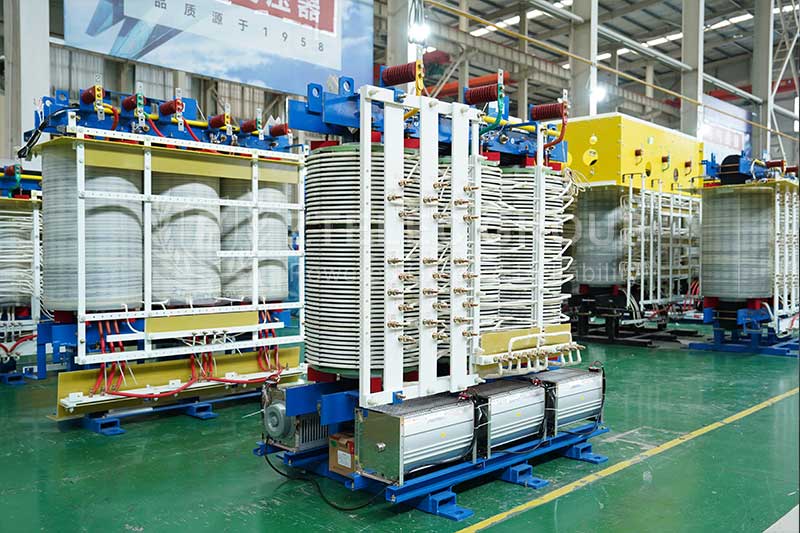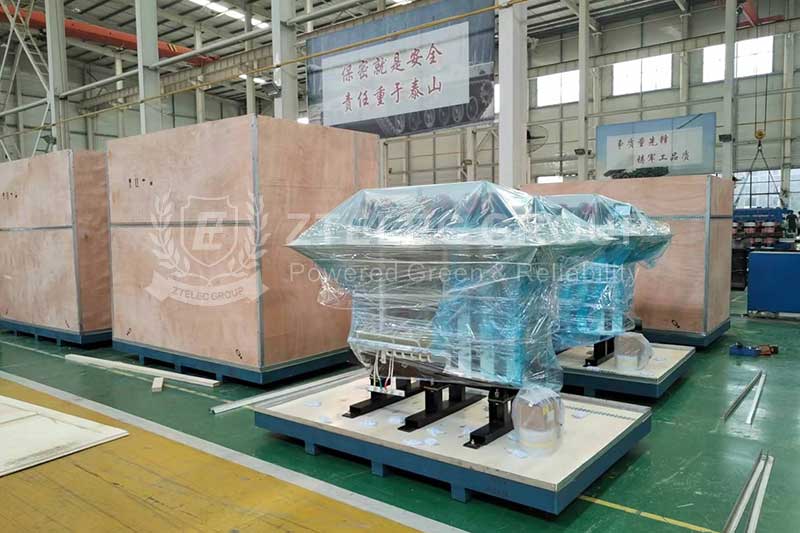What are the limitations of phenolic cotton cloth sheet in electrical insulation?
In the field of electrical insulation materials, phenolic cotton cloth sheet has excellent comprehensive performance and has always occupied an important position. However, any material has limitations, and phenolic cloth sheet also has many limitations in actual use. In-depth understanding of these limitations is critical to the rational selection of phenolic cotton cloth sheet and the safe and stable operation of electrical equipment.
1. Limitations of temperature application range
Phenolic cotton cloth sheet has limited temperature resistance. Its long-term operating temperature generally does not exceed 155℃, and the short-term peak temperature is about 200℃. Once the temperature exceeds this range, the internal molecular structure of the material will change, the aging speed will accelerate, and the insulation performance and mechanical strength will continue to decline. Taking the internal insulation parts of the power transformer as an example, if the operating temperature is close to the critical value for a long time, the aging speed of the phenolic cotton cloth sheet insulation parts will be significantly accelerated, greatly shortening the service life of the equipment.
In low temperature environments, phenolic cotton cloth laminate sheets also face difficulties. When the ambient temperature drops below - 30℃, the material will become brittle and the impact resistance will be greatly reduced. In the extremely cold regions in northern my country, if outdoor electrical equipment uses phenolic cloth sheet as an insulating material, the low temperature in winter may cause the material to crack, resulting in insulation failure and equipment failure. Therefore, this material is not suitable for outdoor use in extremely cold regions.
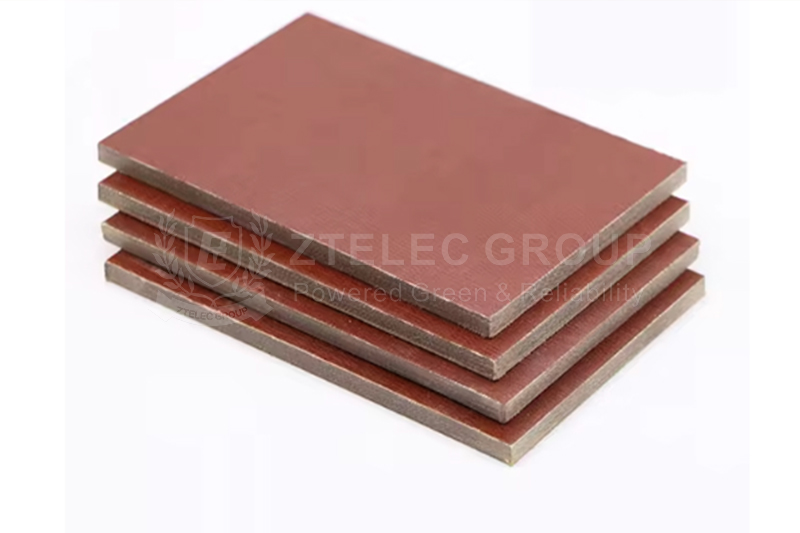
2. Performance shortcomings in high-frequency environments
In low-frequency environments, phenolic cotton cloth sheets perform well. In a 50Hz AC environment, its insulation performance is stable, which can effectively ensure the normal operation of the electrical system. However, when the frequency rises to a high-frequency environment above 1MHz, the dielectric loss of the material will increase significantly. This means that the use of phenolic cloth sheets in high-frequency electronic equipment such as radio frequency circuits and high-frequency transformers will generate a lot of heat due to dielectric loss. Heat will not only affect the operating efficiency of the equipment, but may also cause safety hazards due to overheating. Therefore, high-frequency electronic equipment generally does not use phenolic cotton cloth sheets as insulating materials.
3. Insufficient environmental adaptability
Although the moisture-proof performance of phenolic cotton cloth laminate sheet is better than that of ordinary insulation materials, in long-term high humidity environment, such as coastal areas or hot and humid climate areas, moisture will still slowly penetrate into the material, causing the insulation performance to gradually deteriorate. There was a coastal substation that used phenolic cloth sheet that was not properly treated with moisture-proof as an insulating component. After a period of continuous operation in a high humidity environment, problems such as reduced insulation resistance and partial discharge occurred, which seriously threatened the safety of the power system. Therefore, when using phenolic cotton cloth sheet in such an environment, moisture-proof measures must be taken.
In addition, the chemical stability of phenolic cloth sheet is poor. When encountering strong acid and strong alkali solutions such as concentrated sulfuric acid, or organic solvents such as acetone, the material will be corroded and the structure will be destroyed, which will affect the service life. In environments such as chemical enterprises where corrosive chemicals exist, phenolic cotton cloth sheet cannot meet the requirements of long-term stable operation.
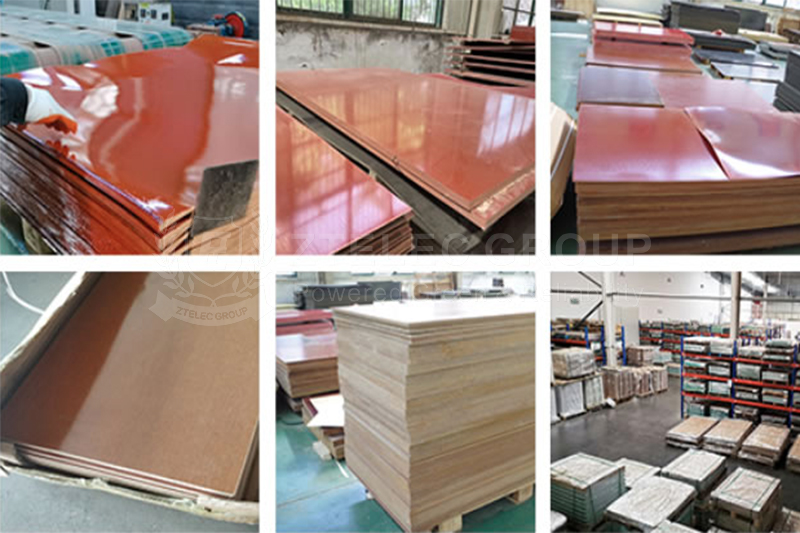
4. Limitation of mechanical properties
Phenolic cotton cloth sheet has a certain mechanical strength. The standard stipulates that its bending strength is not less than 100MPa and its compressive strength is not less than 250MPa. However, its mechanical properties will be significantly affected in high stress or strong vibration environments. For example, large industrial motors, vibrating screens and other equipment will generate large stress and vibration during operation. In this case, the bending and compressive strength of phenolic cloth sheets may not remain stable for a long time, and there is a risk of damage to the components.
5. Application restrictions in special scenarios
In ultra-high voltage systems above 220kV, the risk of partial discharge increases significantly. Phenolic cotton cloth laminate sheets themselves cannot meet the strict requirements of ultra-high voltage insulation, and usually need to be used in conjunction with high-performance insulating materials such as mica to ensure the safety of system insulation.
In nuclear radiation environments, phenolic cloth sheets perform poorly. Strong radiation can cause the material to degrade rapidly and the insulation performance to drop sharply. Therefore, in places with strong radiation such as nuclear power plants, the insulation material are not used in key insulation parts.
6. Performance degradation caused by aging
Aging is inevitable during the long-term use of phenolic cotton cloth sheet. Over time, its physical and electrical properties will gradually decline. In order to ensure the stable performance of the equipment during its service life, electrical equipment using phenolic cloth sheet as an insulating material must be regularly inspected and maintained to promptly detect and deal with potential problems caused by material aging.
Phenolic cotton cloth sheet has many limitations in electrical insulation applications. In actual engineering applications, we need to evaluate the applicability of phenolic cotton cloth sheet according to the specific use environment, electrical parameters and performance requirements. Only by reasonably matching other materials can its advantages be fully utilized, we can avoid potential risks, and guarantee the safe and reliable operation of the electrical system.
- more+releated article
- 2025-05-13How Dry-Type Transformers Reduce Operating Cos
- 2025-05-13What are the limitations of phenolic cotton cl
- 2025-05-12Dry-Type Transformers for High-Rise Buildings:
- 2025-05-12How does phenolic paper sheet perform in a hum
- 2025-05-10CWIEME Berlin, here we come!
- 2025-05-10How to Verify the Accuracy of Dry-Type Transfo
- 2025-05-09Causes of Dry-Type Transformer Aging and Maint
- 2025-05-09FR4 Insulation Materials: Electrical Performan
- 2025-05-08Reliable Dry-Type Transformer Temperature Cont
- 2025-05-08What role does bakelite board play in energy s

